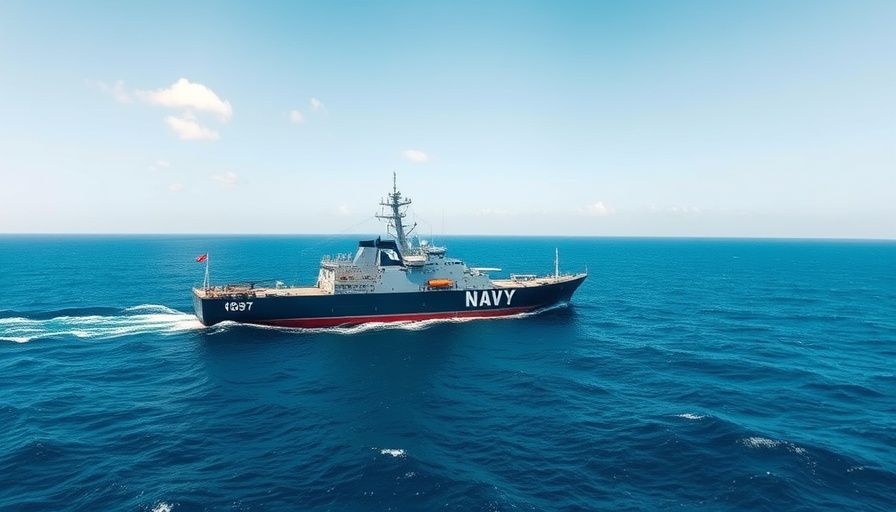
The Future of the Navy: Planned Ship Inactivations in 2026
In a significant move that reflects the strategic recalibrations within the U.S. Navy, the leadership has outlined the strategy for ship inactivations for fiscal 2026. This decision comes against the backdrop of evolving military needs and budget constraints that challenge the effectiveness of naval operations. While the specifics of the inactivated ships are still unfolding, this decision marks a crucial pivot as the Navy seeks to streamline its operations while adapting to modern warfare requirements.
Understanding Ship Inactivations: Strategic Necessity
Ship inactivations are not merely budgetary decisions; they signify a strategic necessity. As naval warfare continues to evolve, so too must the fleet composition. The Navy aims to reduce older vessels that may not meet contemporary operational demands. Inactivating certain ships allows for investment in newer, more advanced technologies that can better serve national security goals. Ultimately, this strategy aims to bolster the Navy's capability to face modern threats effectively.
Broader Implications for the Maritime Defense Landscape
The inactivation of ships carries broader implications for the maritime defense landscape. For instance, the cyclical nature of ship building and decommissioning must align closely with workforce planning and shipyard operations. As the Navy strategically changes its fleet, maritime communities, especially those connected to shipbuilding, will feel the ripple effects. The changes could spur initiatives aimed at workforce retraining or diversification as shipyard employees adjust to the Navy's evolving requirements.
Local Communities and the Shipbuilding Industry
For many local communities, especially those near shipyards, the implications of planned ship inactivations stretch beyond military strategy. Shipyards often serve as significant employers, and shifts in naval policy can directly impact local economies and regional stability. Community leaders play an essential role in fostering dialogue between the Navy and local stakeholders to ensure that the transition is as smooth as possible.
Actionable Insights: Preparing for Change
As ship inactivations unfold, it’s crucial for affected communities and stakeholders to engage proactively. Understanding the Navy's strategic priorities will be key for local leaders who wish to advocate effectively for their communities. Initiating discussions on job training programs, supporting workforce transitions, and exploring economic diversification strategies will be paramount to addressing the changes presented by these inactivations.
The Navy's decision on ship inactivations offers a chance for communities to come together and adapt to evolving circumstances. By fostering resilience and innovation, stakeholders can help ensure that these changes lead to positive outcomes for everyone involved. A proactive and measured approach will better prepare communities for the impact of these decisions in the years to come.
 Add Row
Add Row  Add
Add 




Write A Comment